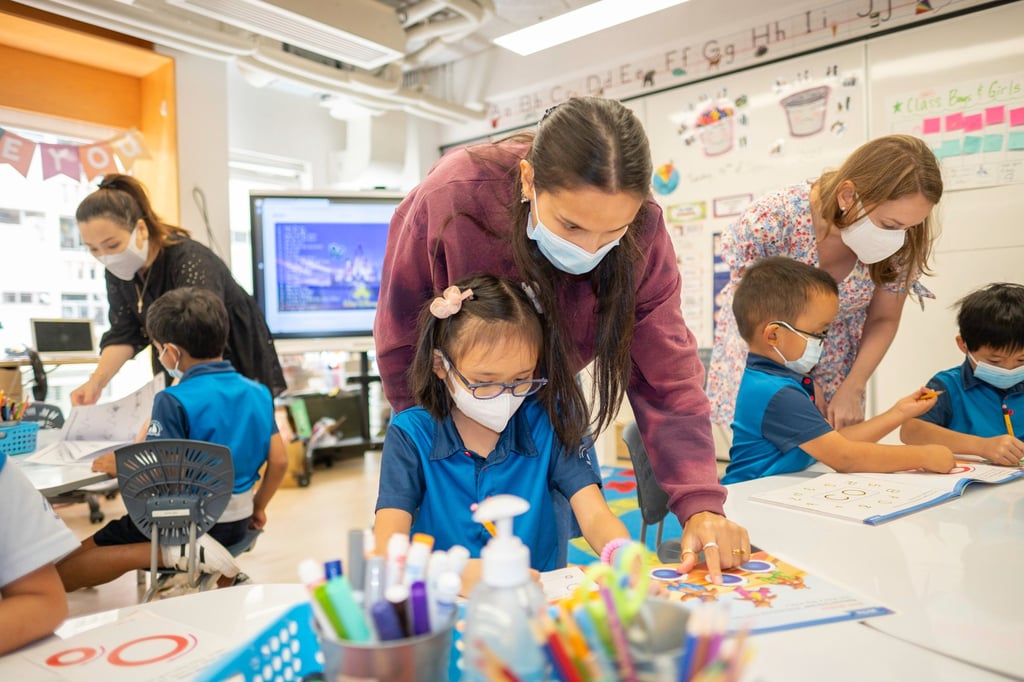Admission to international schools: how parents can avoid the stress by getting familiar with policies and procedures – GSIS, CDNIS and The Harbour School explain the process
- The Harbour School is of the view that not all students can fit under the same criteria, and where possible, grants some flexibility in the admission process
- At CDNIS, the emphasis on interviews as such face-to-face interactions allow a better understanding of the applicant’s unique qualities

International school applications can vary from place to place, but there are long-held beliefs about the process which can cause stress to both prospective students and parents.
It would be misleading to say that the admissions process at an international school is always straightforward. Sometimes these steps are easily navigable and the necessary information well signposted – but that’s not always the case. And it does not help that the situation varies from school to school and that there might be numerous steps involved.
From the start, Emily Pong, director of admissions at Canadian International School Hong Kong (CDNIS), encourages prospective parents to “familiarise themselves with the admissions policies and procedures”, as the process at CDNIS consists of two stages – a pre-application and a formal application which includes an assessment and interview stage.
At German Swiss International School (GSIS), up on The Peak, applicants to the English stream are placed on an age-appropriate wait-list before being invited to an annual assessment programme. German stream applicants are placed on a wait-list followed by invitations to meet heads of department. Down by the water, the Harbour School encourages families to attend a school tour to familiarise themselves with the campus and approach to teaching, among other things.

One of the most common admission misconceptions, says Roshni Mulchandani, development director at The Harbour School, is that it is difficult to get into international schools. Mulchandani is alluding to the perceived high-level entry requirements and expectations of students. She is keen to challenge this misconception. “While there are some criteria that must be observed, for the most part, applications are viewed individually. We understand that not all students can fit under the same criteria, so where possible, we try to be flexible.”